- Rājarāja at Āṉūr, 1000 CE
- Rājarāja at Eṇṇāyiram, 1018 CE
- Rājēndra I, Puttūr, Tribhuvana Mahādevī Catur-vedi-maṅgalam, 1020 CE
- Rājādhirāja I, Tribhuvana, 1048 CE
- Rājēndra II, Tiruvindalūr, 1060 CE
- Vīrarājēndra, Tirumukkūdal1065 CE
9.1. Āṉūr Vedic College
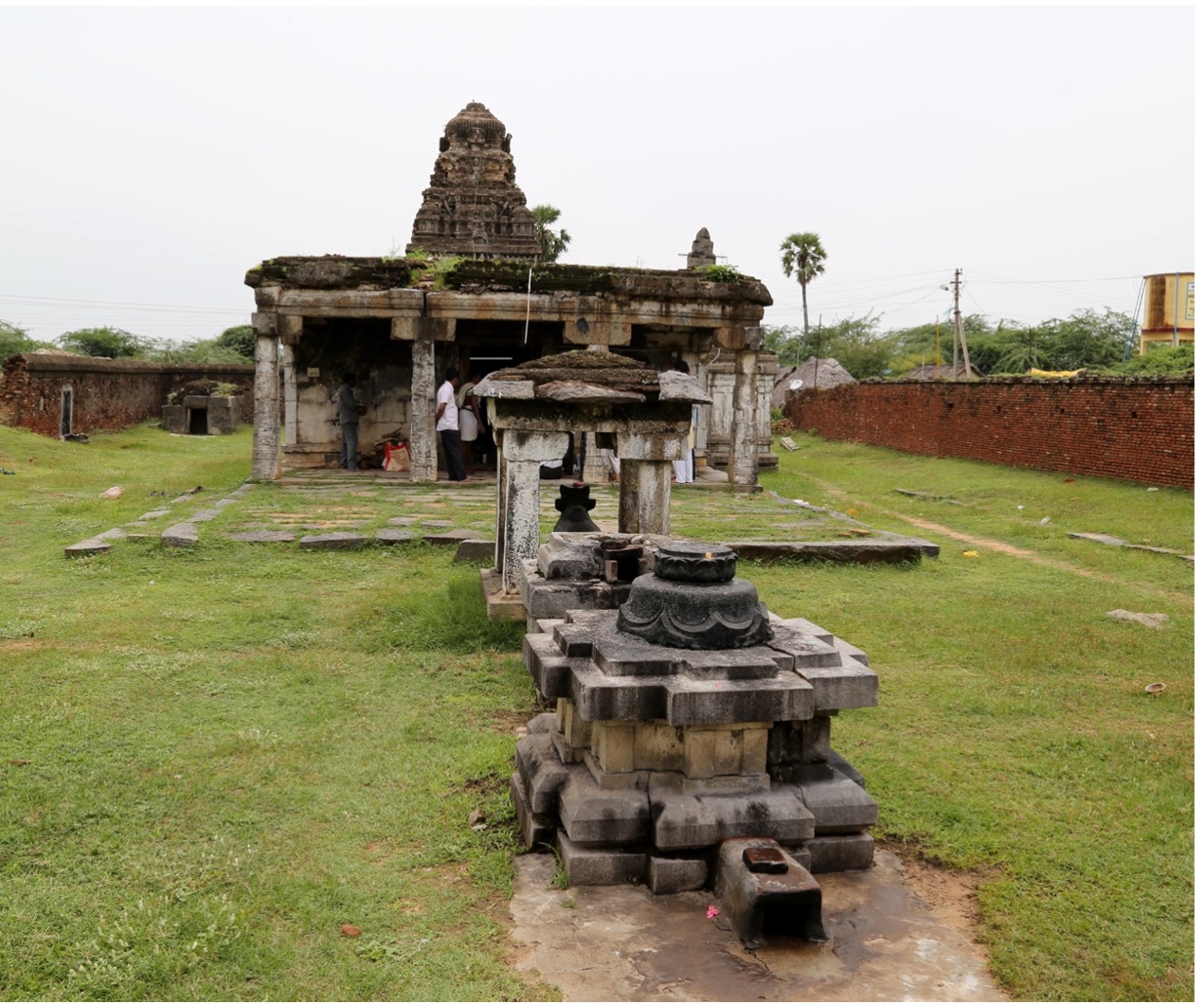
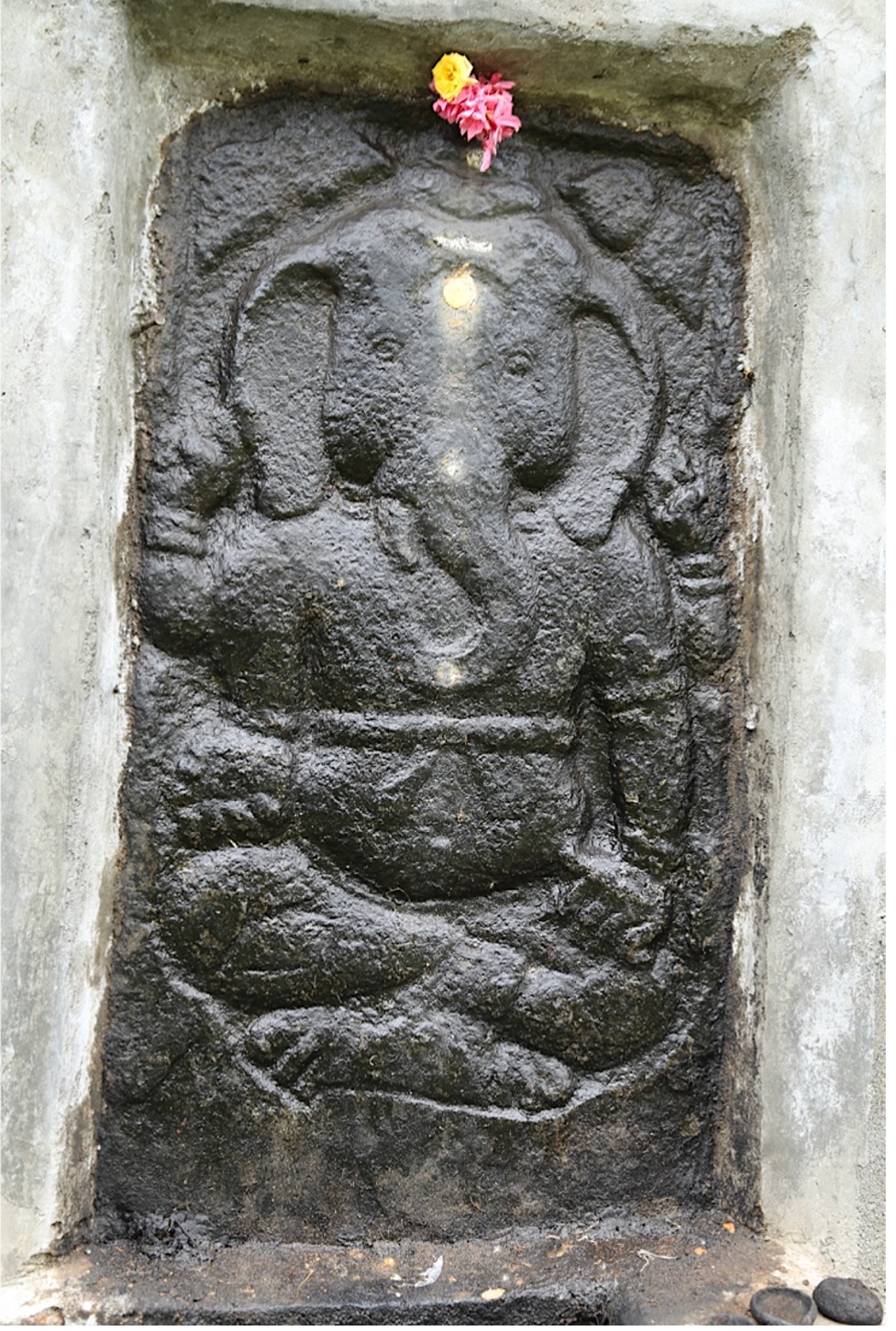
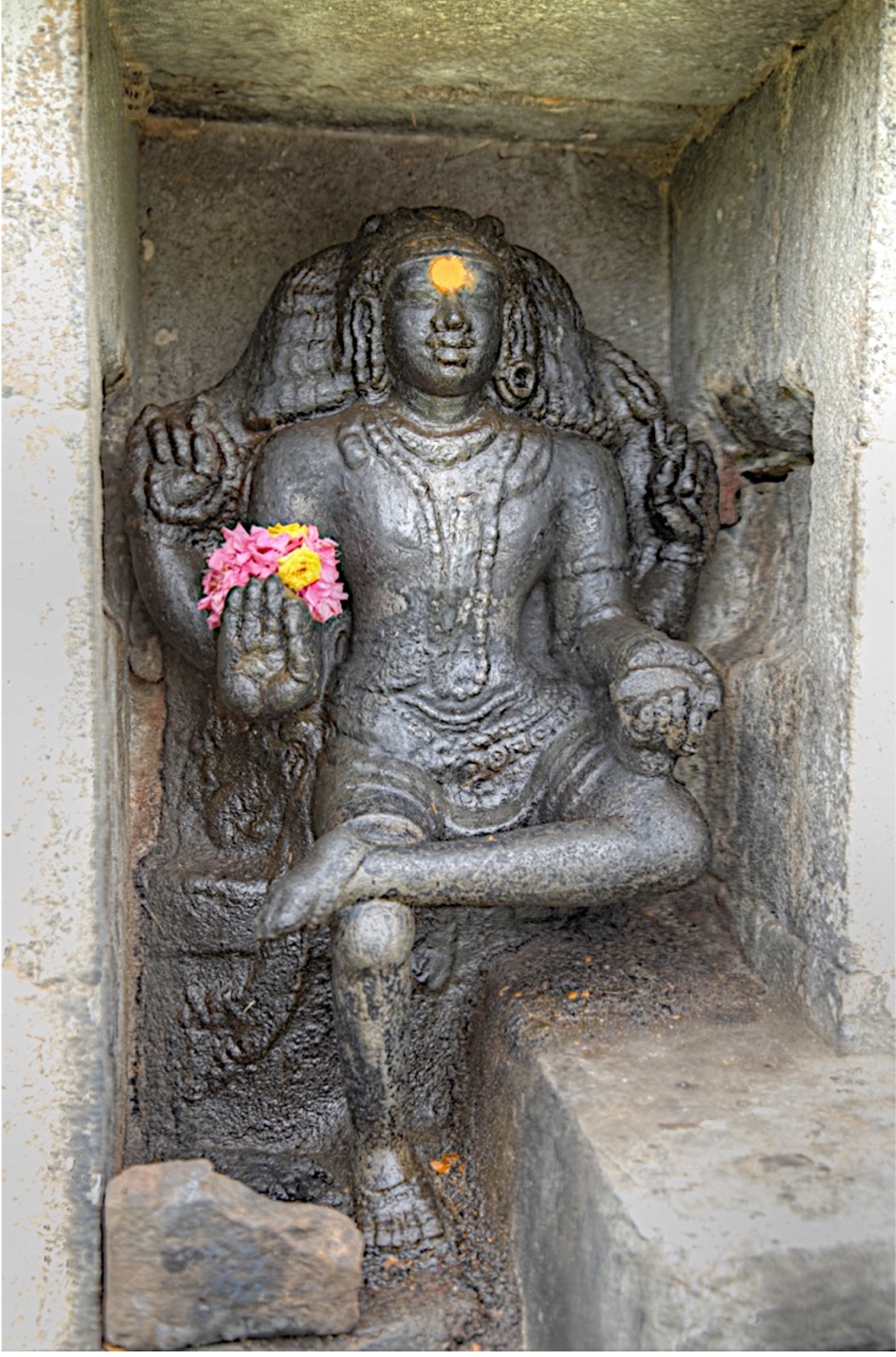
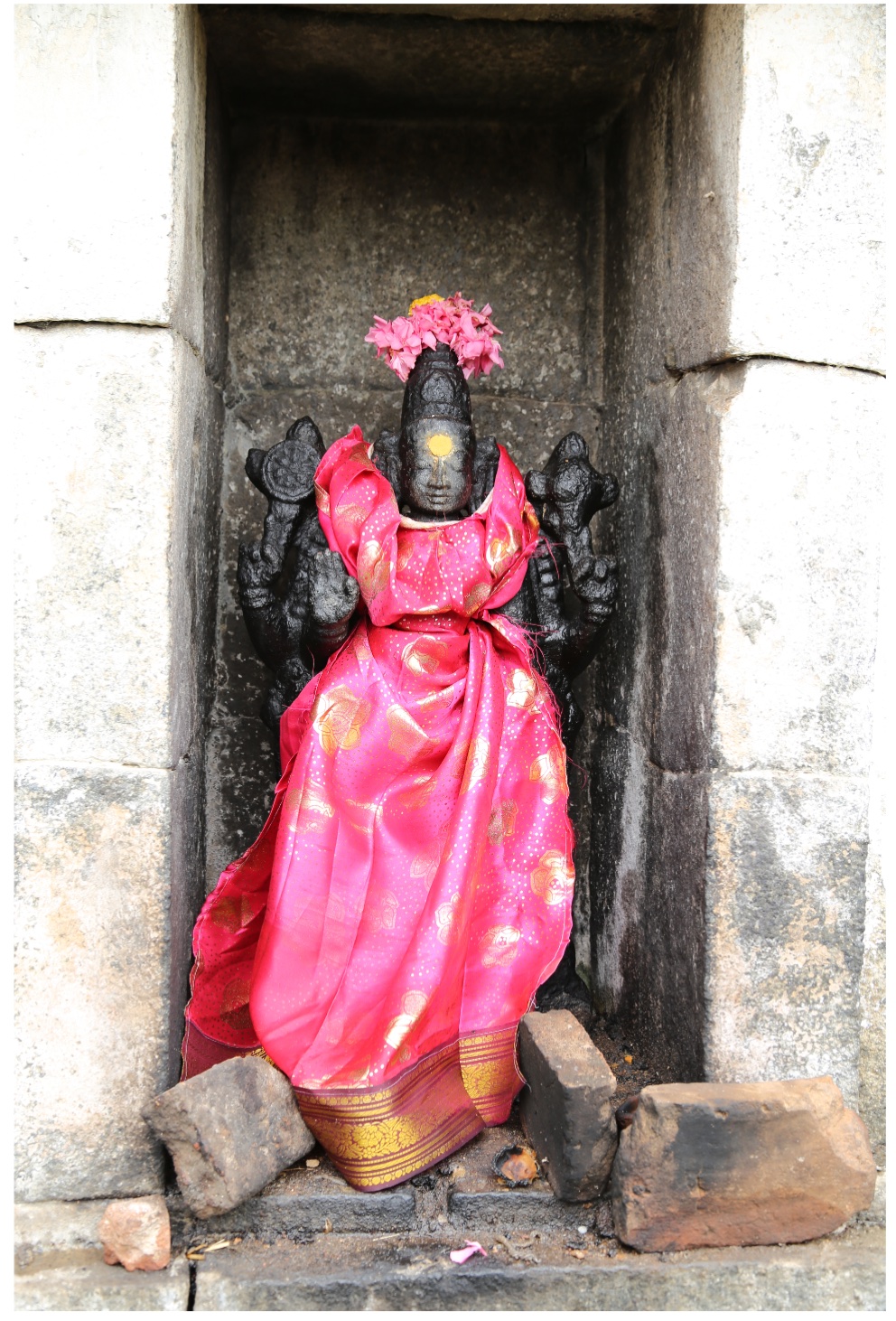
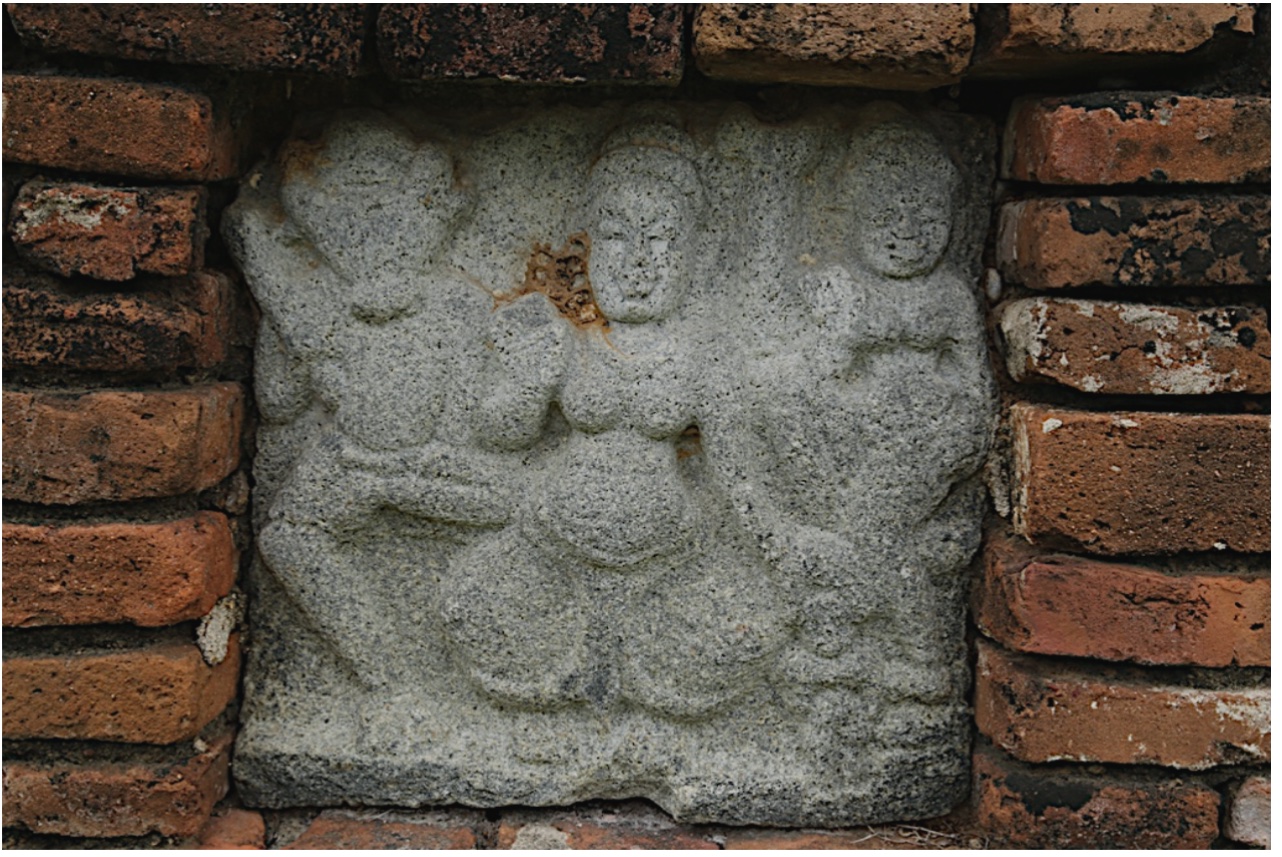
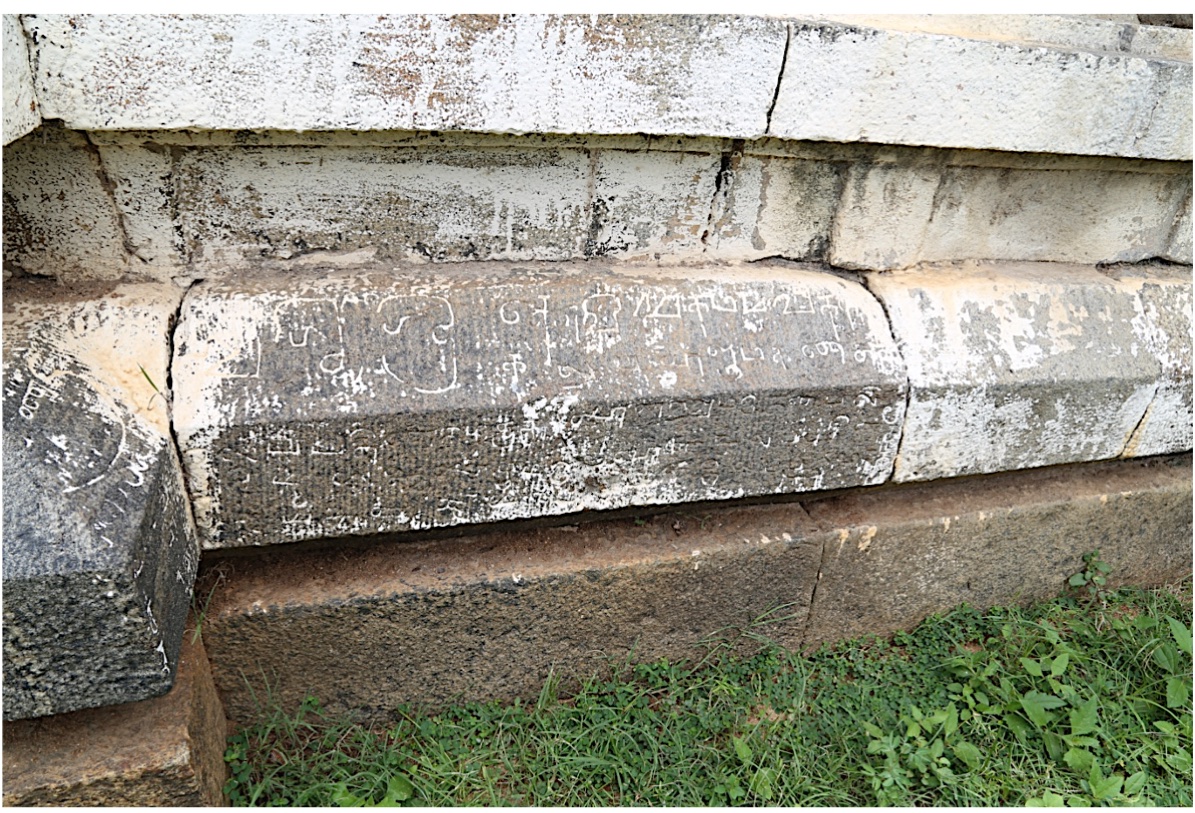
9.2. Eṇṇāyiram Vedic College
| Category | Number |
|---|---|
| Ṛg Veda | 75 |
| Yajur Veda | 75 |
| Vājasanēyam (Śukla Yajurveda) | 20 |
| Atharva Veda | 10 |
| Chandogasāma (Veda) | 20 |
| Talavakārasāma (Veda) | 20 |
| Bodhāyaniya, Gṛhyakalpa, and Kāṭaka | 10 |
| Rūpāvatāra (grammar) | 40 |
| Total number of students | 270 |
- Vyākaraṇa - 25 students and 1 teacher
- Prābhākara-Mīmāṁsā - 35 students and 1 teacher
- Ṛg Veda - 60 students and 3 teachers
- Taittirīya Yajur Veda - 10 students and 3 teachers
- Chandoga sāma Veda - 20 students and 1 teacher
- Vājasaineya ŚuklaYajurveda Veda- 10 students and 1 teacher
- Talavakāra Sāma Veda - 10 students and 1 teacher
- Baudhāyanīyam - 10 students and 1 teacher
- Satyāṣādam - 10 students and 1 teacher
- Apūrvam -10 students and 1 teacher
- Vedāntam -10 students and 1 teacher
- Mīmāṁsā - 10 students and 1 teacher
- Vyākaraṇam Aṣṭhādyāyī - 10 students and 1 teacher
- Rūpāvatāram - 10 students and 1 teacher
- Manuśāstri - 10 students and 1 teacher
- Vaikhānasa Śāstram - 10 students and 1teacher
- Rāmāyaṇa and Bhārata - 10 students and 1 teacher
9.3. Vedic College at Puttūr (Karandai)
9.4. Puttūr Tribhuvana Mādevi Vedic College
- Mīmāṁsa Bhaṭṭa-vṛtti (Pūrva-Mīmāṁsā) - 5 vēlis of wetland
- Vedānta Bhaṭṭa-vṛtti (Uttara-Mimāṁsā) - 5 vēlis of wetland
- Vyākaraṇa Bhaṭṭa-vṛtti - 4 vēlis of lands all were wetland
- Bhaviṣyat kidaip-puram - 2 vēlis
- Taittirīya kiḍaip-puram - 2 vēlis
- Vājasajeyak kiḍaip-puram - 2 vēlis
- Talavakāra sāma kiḍaip-puram - 2 vēlis
- Chandoga sāma kiḍaip-puram - 2 vēlis
- Atharvak kidaip-puram - 2 vēlis
- Rūpāvatāra kiḍaip-puram – 2 vēlis (simplified Sanskrit)
- Smṛti-mūlam-grantham (Dharma Śāstra) - 2 vēlis
- Exposition of the Mahābhārata - 2 vēlis
- For cleaning the hall and providing drinking water - 2 vēlis
9.5. Indaḷūr Rājēndra Cōḻa Vedic College
- Bhaviṣya kiḍaip-puram - 3 mā and 3 kāṇi
- Taittirīya kiḍaip-puram - 3 mā and 3 kāṇi
- Vājasaneya kiḍaip-puram - 2 mā
- Candoga Sāma - 3 mā and 1/2 kāṇi
- Talavakāra kiḍaip-puram - 2 mā and 1 kāṇi
- Ṣadaṅgam - 1 mā and 3 kāṇi
- Vyākaraṇa bhaṭṭa-vṛtti - 1/4 vēli and 1/2 mā
- Prābhākara-vṛtti 1 muntiri
- Bhaṭṭa-darśana, Brahad-tikā, and Kārika - 1/4 vēli and 1/2 mā
- Tantra Dipikā - 1/4 vēli and 1/2 mā
- Mīmāṁsā bhaṭṭa-vṛtti - 1/4 vēli and 1/2 mā
- Prābhākara accu Vedānta-vṛtti -1/4 vēli and 1/2 mā
- Smṛtis including Manu - 4 mā and 3 kāṇi
- Mahābhārata and Srimad Rāmāyaṇa - 4 mā
- Rūpāvatāra - 4 mā
9.6. Tribhuvanai Tribhuvana Mahādevi Vedic College
- Ṛg Veda - 3 teachers, 60 Students
- Yajurveda - 3 teachers, 60 students
- Chandoga Sāma - 1 teacher, 20 students
- Talavakāra Sāma - 1 teacher,
- Vājasaneya - 1 teacher
- Bhaudhāyana sūtrā - 1 teacher
- Satyāshāda sūtrā - 1 teacher, 50 students, above 4 subjects together
- Vedāntam - 1 teacher, 10 students
- Mīmāṁsā - 2 teachers, 20 students
- Vyākaraṇam - 1 teacher, 10 students
- Manu - 1 teacher
- Mahābhārata and Rāmāyaṇa - 1 teacher, 10 students
- Vaikhānasam - 1 teacher
9.7. Tirumukkūḍal Vedic College (Jananāthan Vedic College)
- Ṛg Veda - 10 students, 1 teacher
- Yajur Veda -10 students, 1 teacher
- Vyākaraṇa and Rūpāvatāra - 20 students, 1 teacher
- Mahāpāñcarātra - 10 students, 1 teacher
- Śiva (darśana) - 3 students
- Vaikhānasa - 5 students
9.8. Ancient Vedic College Kāntalūr Śālai
- Bahrich-caraṇa seats 45
- Taittirīya-caraṇa seats 36
- Talavakāra-caraṇa seats 14
- Total seats 95
9.8.1. Rules of Admission
- One should have studied Mīmāṁsā, Vyākaraṇa, and Paurohitya
- Should have no landed property (Poor students Only)
- Should have adequate qualification to deal with three functions (trairādhya vyavahāra)
- Should produce certificates from five Śaṭṭars that the above statements produced by the candidate were truthful
9.8.2. Modes of Study: (Vāram)
- Should recite nine “pugavus” as two “kramavāras” alternately in Sūtrās and Sūtrā-āraṇas
- Should repeat nine “pugavus” as two “kramavāras” alternately in Śākha, Kalpa and Ghaṇa.
- Repeat nine “pugavus” in two vārams in “Ahattūham” (from memory)
9.8.3. Code of Students’ Conduct
- If any student speaks ill of another during the course, he will be fined five kāṇams that should be paid in the hands of elected representatives of the assembly “sabhai perumakkaḷ”.
- If one Śaṭṭar punches the head of another, he should pay a fine of five kāṇams.
- The one who received the punch should also pay the same fine.
- If one student inflicts wounds on another with any weapon, he will be dismissed from the course immediately.
- Students are not permitted to carry weapons while going to assembly meetings.
- No kind of deceit is allowed within the temple premises.
- Śaṭṭars were not permitted to keep servant maids in their houses (hostel rooms).
- No one was permitted to alienate the lands of the educational institution (Śālābhogam) or the temple lands (Dēvatāna Lands). Those who attempt such acts would be fined five kalañju of gold. Without paying that fine they would not be allowed to dine in the hostel (Śālai).
- Those who tried to coerce or compulsorily collect rents from the tenants of the Śālābhoga lands or Dēvatāna lands would be fined ten times the amount.
- In case of taxes in arrears from any, the defaulter would either be fined 50 kāṇams and the tax would be collected, or he had to be bound by decisions made independently by three Śaṭṭars.
- Three Śaṭṭars from each caraṇas should report for compulsory service (kaḍamai) as directed by the assembly failing which they would have to pay 54 kāṇams as fine and in addition to performing the assigned duty.
- No one could stop the daily routines in the temple under any pretext.
- No one could prevent the daily food offering to the deity under any pretext or obstruction. Those who did so would have to pay one kaḻañcu of gold per day and not be permitted to dine until they paid the fine.
- If any temple servant spoke disparagingly about a Saṭṭar he would be fined one kācu.
9.9. Tirunāvāy Brahmasvam - The Most Ancient Vedic School of Kerala
9.9.1. Nārāyaṇan Nambudri of Tantra Samuccaya
9.9.2. Nārāyaṇa Bhaṭṭatri – of Nārāyaṇīyam
- Prakriyā Sarvasva (composed in 1616 CE)
- Bhramara Sandesa,
- Nārāyaṇīyam (composed in 1586 CE, expressed in days as Kali 1712210) in 1036 poems in 100 daśakas. It is believed he refers to a flood in the river Ambalappuḻa year 1611). He lived for 106 years from 1560 to 1666 CE
- Mānameyodaya first part (on Mīmāṁsā)
- Śrīpādasapatati (on Goddess)
- Asvalāyana Kriyākrama (on Asvalāyana sūtrā)
- Svāha Sudhākara
- Matsyāvatāra
- Aṣtami Campu
- Rājasūya
- Dūta Kāvya
- Subhadrāharana
- Pāñcāli Swayamvara